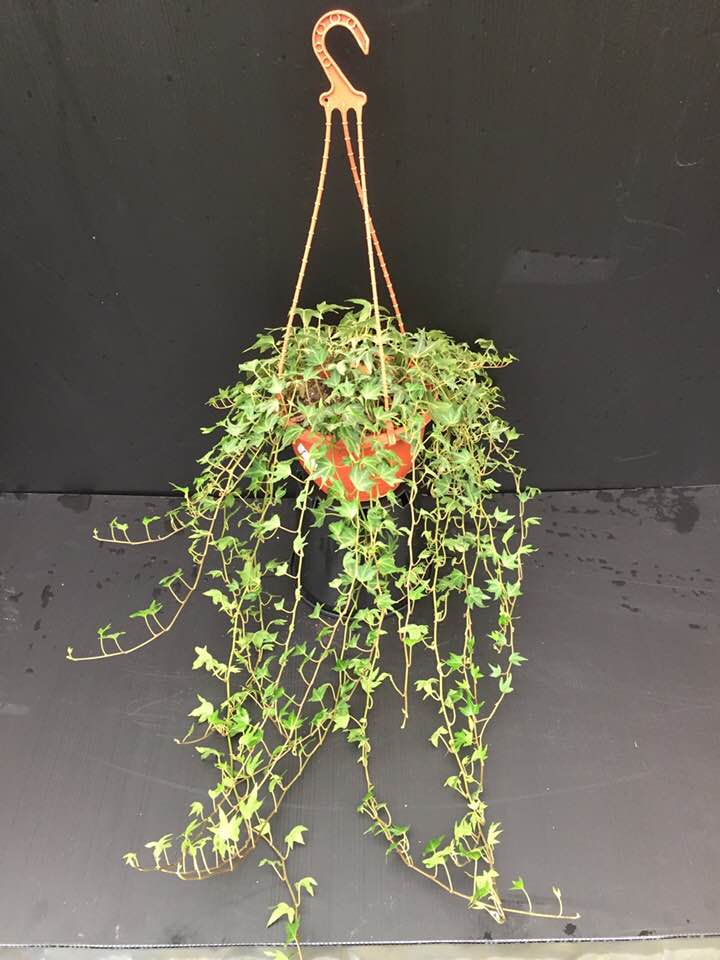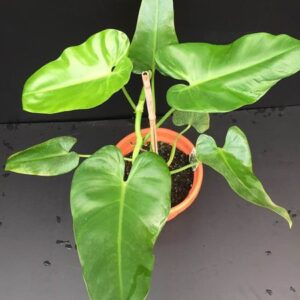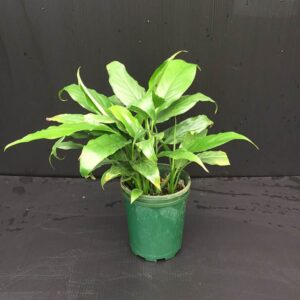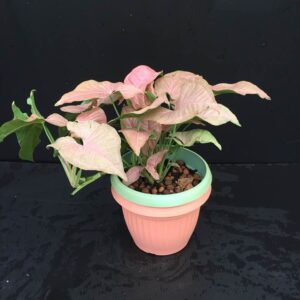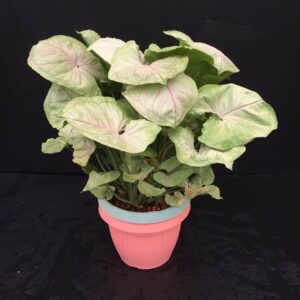Description
Hedera, commonly called ivy (plural ivies), is a genus of 12–15 species of evergreen climbing or ground-creeping woody plants in the family Araliaceae.
On level ground they remain creeping, not exceeding 5–20 cm height, but on suitable surfaces for climbing, including trees, natural rock outcrops or man-made structures such as quarry rock faces or built masonry and wooden structures, they can climb to at least 30 m above the ground. Ivies have two leaf types, with palmately lobed juvenile leaves on creeping and climbing stems and unlobed cordate adult leaves on fertile flowering stems exposed to full sun, usually high in the crowns of trees or the tops of rock faces, from 2 m or more above ground. The juvenile and adult shoots also differ, the former being slender, flexible and scrambling or climbing with small aerial roots to affix the shoot to the substrate (rock or tree bark), the latter thicker, self-supporting and without roots. The flowers are greenish-yellow with five small petals; they are produced in umbels in autumn to early winter and are very rich in nectar. The fruit is a greenish-black, dark purple or (rarely) yellow berry 5–10 mm diameter with one to five seeds, ripening in late winter to mid-spring. The seeds are dispersed by birds which eat the berries.
The species differ in detail of the leaf shape and size (particularly of the juvenile leaves) and in the structure of the leaf trichomes, and also in the size and, to a lesser extent, the colour of the flowers and fruit.
Planting ideas and uses: hanging basket, pots and containers, creeping ground cover, climbing on natural rock outcrops or man-made structures such as quarry rock faces or built masonry and wooden structures.
https://en.wikipedia.org/wiki/Hedera


